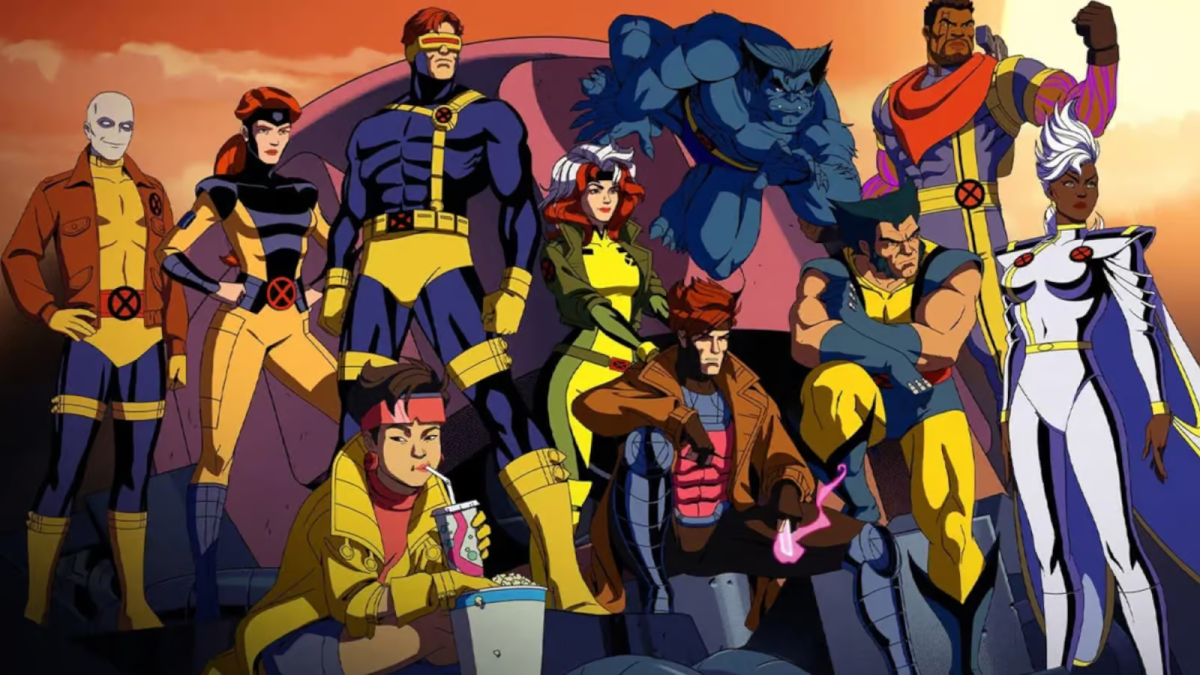Warning: The following article contains major spoilers for Fallout Season 1.
Fallout‘s key players spend most of the Prime Video show’s first season on the trail of a mysterious object: the Artifact. So what is Fallout Season 1’s Artifact, and does it appear in other franchise media?
Related: Fallout Season 1’s Ending, Explained
Fallout Season 1’s Artifact, Explained
The Artifact is (as its name suggests) a type of rare technology developed before the nuclear war responsible for Fallout‘s Wasteland setting. For most of Season 1, we don’t really know what the Artifact actually does. What we do know is that it’s important enough for both the Brotherhood of Steel and Lee Moldaver’s New California Republic remnant to spend considerable time, energy, and resources tracking it down. However, all becomes clear in Episode 8, “The Beginning,” when Moldaver reveals that she’s the Artifact’s inventor and that it’s a form of cold fusion tech.
Related: Prime Video’s Fallout Completely Re-Writes One Key Part of the Franchise
What’s cold fusion? According to Moldaver, cold fusion is an effectively limitless energy source. It seems she’s on the level, too. When Moldaver plugs the Artifact into a reactor-type machine in her Shady Sands base of operations, it quickly lights up what’s left of the bombed-out city’s power grid. Moldaver originally hoped that global adoption of cold fusion would avert the nuclear war, however, Vault-Tec bought the technology and made it proprietary. Only trusted Vault-Tec employees could activate cold fusion (which, incidentally, is why Moldaver kidnaps Hank MacLean in Episode 1).
Is Cold Fusion Referenced In Wider Fallout Canon?
Yep – although the technology is nowhere near as impressive as what we see in Fallout Season 1. Indeed, the Fallout video games and associated media aren’t clear on whether anyone other than Moldaver has ever successfully achieved a cold fusion reaction. Notably, Vault-Tec’s Garden of Eden Creation Kit (or G.E.C.K.) featured in Fallout 2, Fallout 3, and Fallout 76 supposedly includes a cold fusion power generator. Surely this means the Artifact isn’t quite as valuable as the Prime Video series makes out? Not necessarily.
Related: Is Prime Video’s Fallout TV Show Canon?
Indeed, a computer terminal entry in Fallout 4 casts doubt on the G.E.C.K.’s alleged cold fusion technology. In the entry, an Institute scientist admits that pre-war cold fusion research provided “no concrete results,” and his colleague dismisses the technology as “a pipe dream.” This suggests the G.E.C.K. doesn’t come loaded with a true cold fusion power generator, as advertised. Certainly, it wouldn’t be a stretch for Vault-Tec to oversell (or even outright lie) about its products! So, for now, the Artifact is the only verified source of cold fusion energy in the Fallout mythos.
Fallout Season 1 is now streaming on Prime Video.





